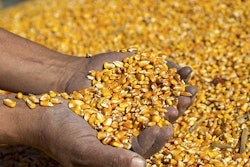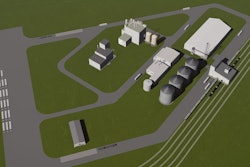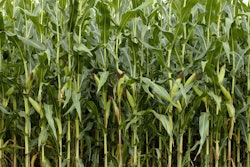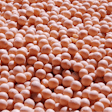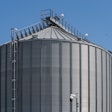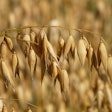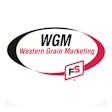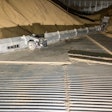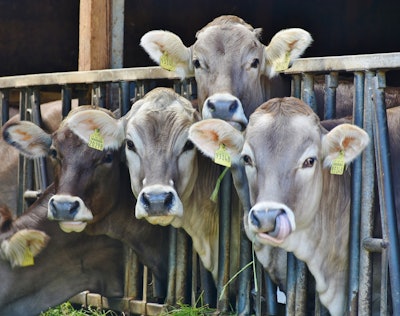
While nearly all livestock producers must contend with mycotoxin challenges, the prevalence of specific mycotoxins differs greatly by location.
Fortunately, new technologies are available to help producers evaluate their feed for mycotoxins.
Dr. Carlos Mallmann, Ph.D., MSc, MV and Professor, Federal University of Santa Maria, Brazil, is hosting a free webinar titled “New Methods Available for Evaluating Mycotoxin Mitigation Strategies,” which is now available at Phibro Academy (academy.pahc.com).
A threat through the ages
In the Middle Ages, mycotoxins posed a significant threat to human health, as many who ate barley, rye and wheat were poisoned by mycotoxins, in turn suffering from a disease that became known as St. Anthony’s Fire.
cToday, it’s primarily our livestock that are threatened by mycotoxin poisoning in Brazil, with three primary culprits: aflatoxins, zearalenone and fumonisins.
“When 100% absorbed, aflatoxins are one of the biggest cancer producers in nature, responsible for liver cancer in mammals,” Mallmann warns. “While the first diagnosis of aflatoxicosis in Santa Maria [Brazil] was in 1988, it’s since become quite prevalent in Brazil, contaminating peanuts, maize, feed and pet food.”
Mallmann urges poultry producers to look for telltale signs of potential aflatoxin poisoning in their animals, including coloring and skin issues, decreased feed conversion rates and weight variations, which could prevent smaller birds from accessing feed and water sources.
Fumonisins pose an equal threat, causing enormous health problems for horses and pigs and often manifesting in reduced body weight, lower feed consumption and reddish ears and noses. “Animals suffering from fumonisin contamination can lose about 10% relative weight of their livers,” Mallmann cautions.
Molds can produce zearalenone when humidity is high or temperatures or pH levels fluctuate. Zearalenone contamination can cause mammary glands to enlarge and can even cause cannibalism and death.
In Brazil, Mallmann says it can be found in pet food, feed, maize, barley or rice, while trichothecenes, such as deoxynivalenol, have also been prevalent in barley, rye, wheat flour and biscuits and crackers.
“While these are the most common mycotoxins in Brazil, producers in other countries may also contend with T-2 toxins, which are less common in South America,” says Mallmann.
“It’s a complicated toxin that is often first detected in layers by lesions around the beak and mouth around Day 21 and results in a reduction of egg production.”
Monitoring and controlling mycotoxins
Mallmann calls mycotoxins a “parts per billion problem” and says producers need to strive for a four-step process to keep mycotoxin contamination in check: (1) Sampling (which should be done at shipment, in silos, at the warehouse and at every step in between), (2) Diagnosis, (3) Interpretation and (4) Technical decisions.
While our understanding of mycotoxins grows, Mallmann says there are several analytical methods shaping our knowledge.
Liquid Chromatography.Coupled with mass spectrometry, this analytical method gives the ability to quantify simultaneous contaminations with just a small sample size. It provides high sensitivity and low detection limits. However, it’s expensive and requires highly trained labor and time-consuming decision making.
Enzyme-Linked Immunosorbent Assay (ELISA).This secondary analytical/immunological method is common in feed analysis because it provides fast, simple results through its ability to react with specific antibodies, producing diagnostic color changes when mycotoxins are present. Testers must pay careful attention, though, since antibodies may react amongst themselves, altering results.
NIR Spectroscopy.While this testing method offers a fast analysis of multiple components, it requires special equipment and well-predicated curves.
“不管什么名单的分析测试方法er chooses, it’s important to look at animal health and genetics and to realize that mycotoxin risk differs throughout life stages — starter, growing and fattening,” says Mallmann. “When it comes to technical training for mycotoxin analysis, knowledge is everything. It’s imperative that we take a holistic look at the feed production chain to critically analyze feed for mycotoxin contamination — knowledge will come from such total control of our raw materials.”
Registration for Phibro Academy is free and includes access to Mallmann’s webinar and the entire MYCOmpass™ Mycotoxin Webinar Series; individuals can sign up at academy.pahc.com.
AboutPhibro Animal Health Corp.
Phibro Animal Health Corporation is a diversified global developer, manufacturer and marketer of a broad range of animal health and mineral nutrition products for livestock, helping veterinarians and farmers produce healthy, affordable food while using fewer natural resources.





